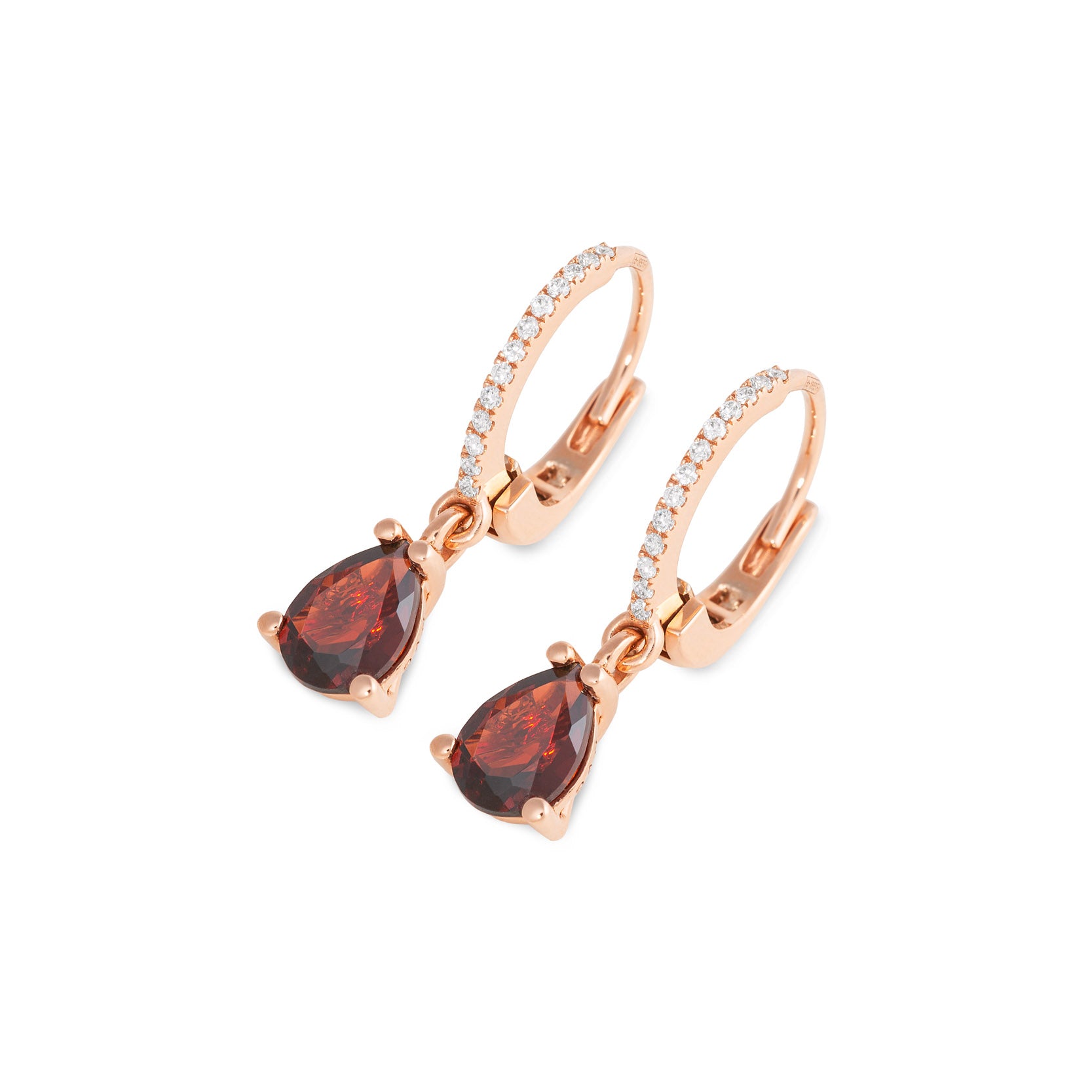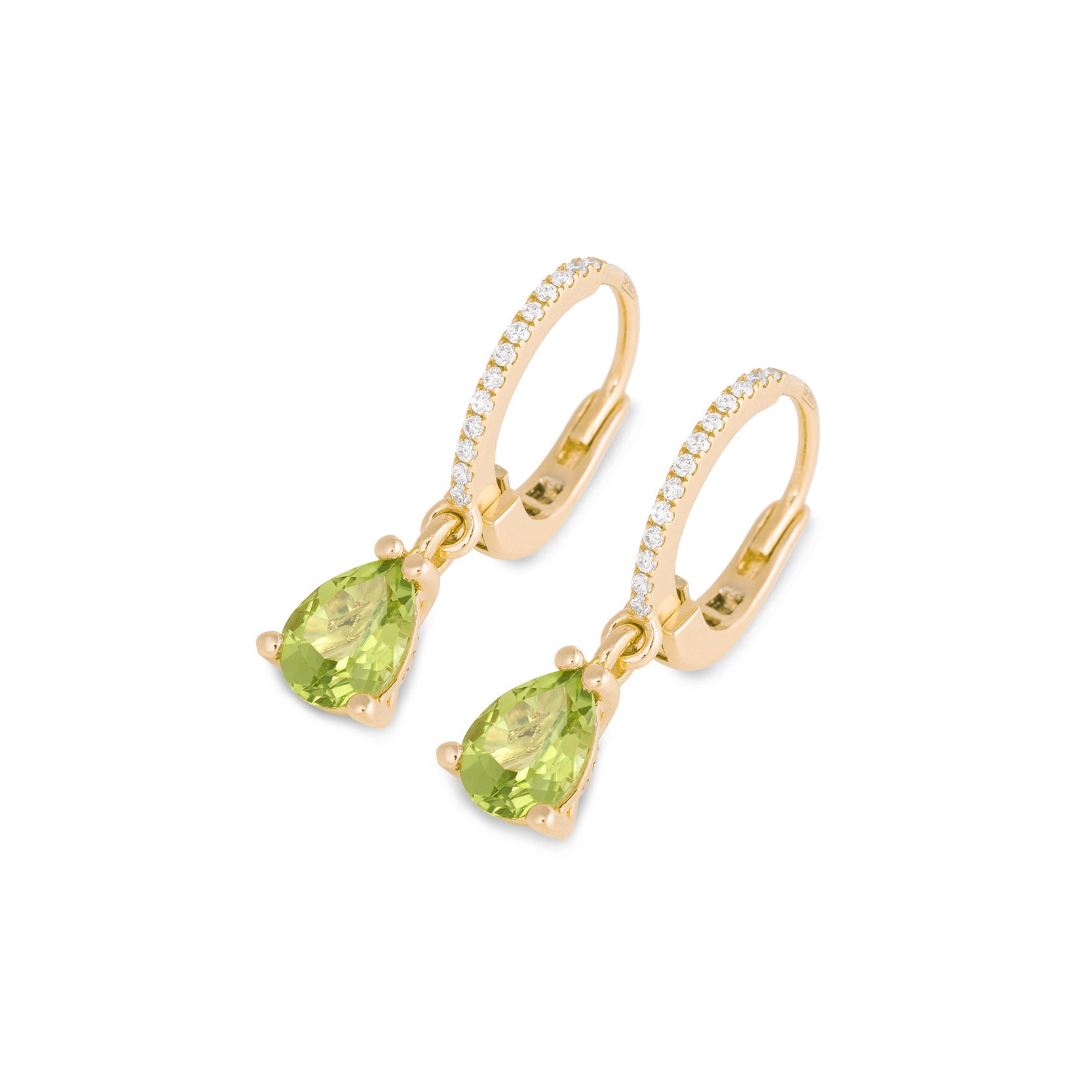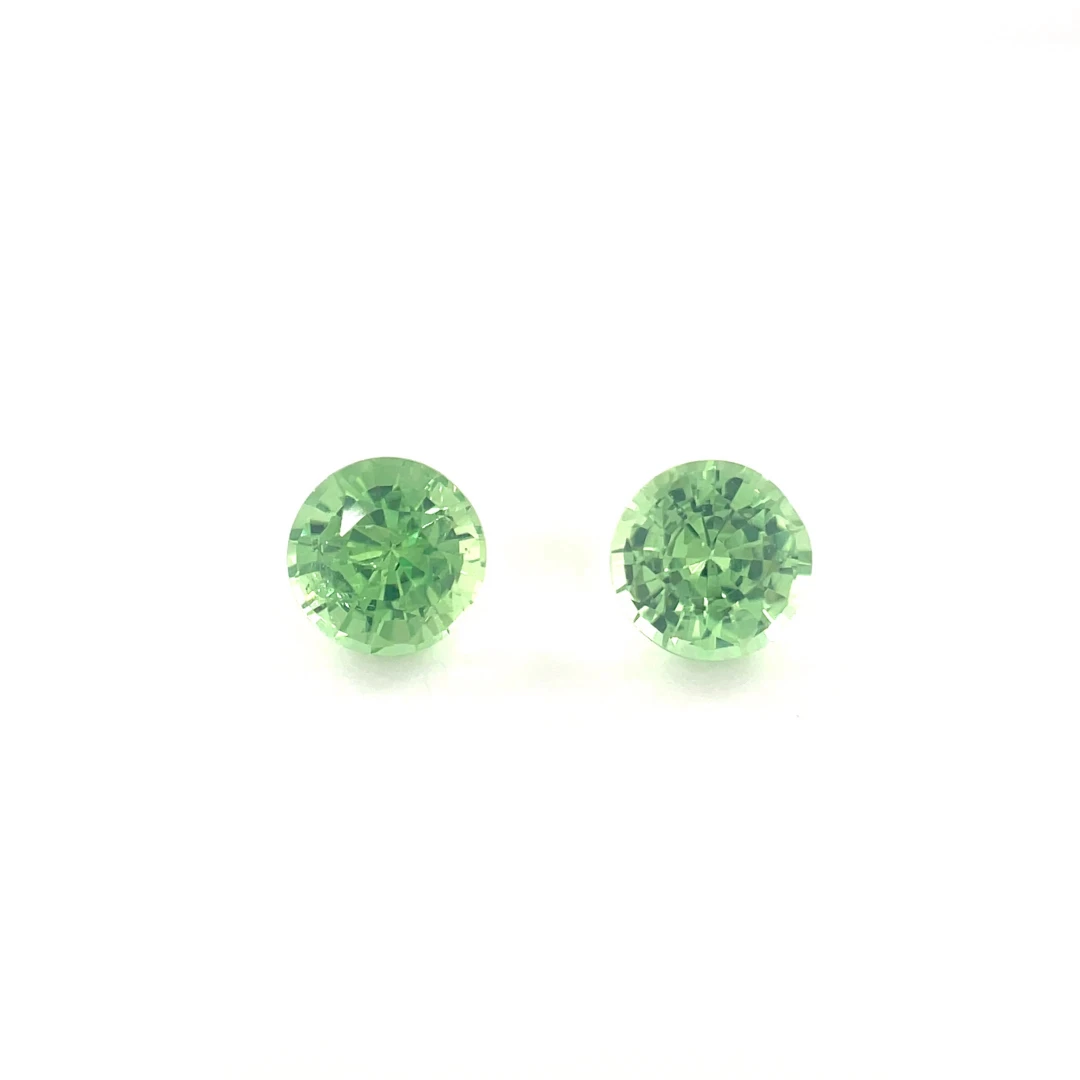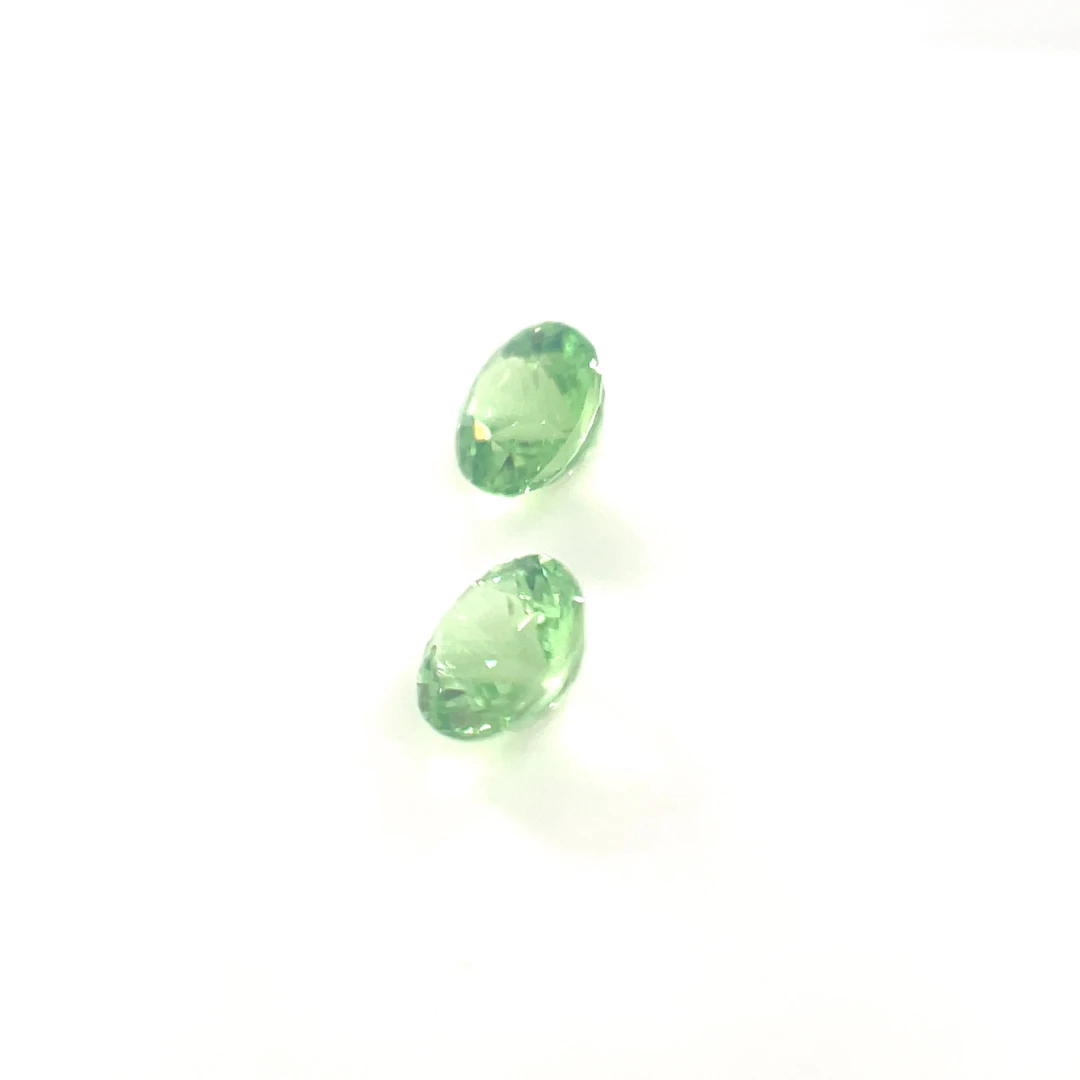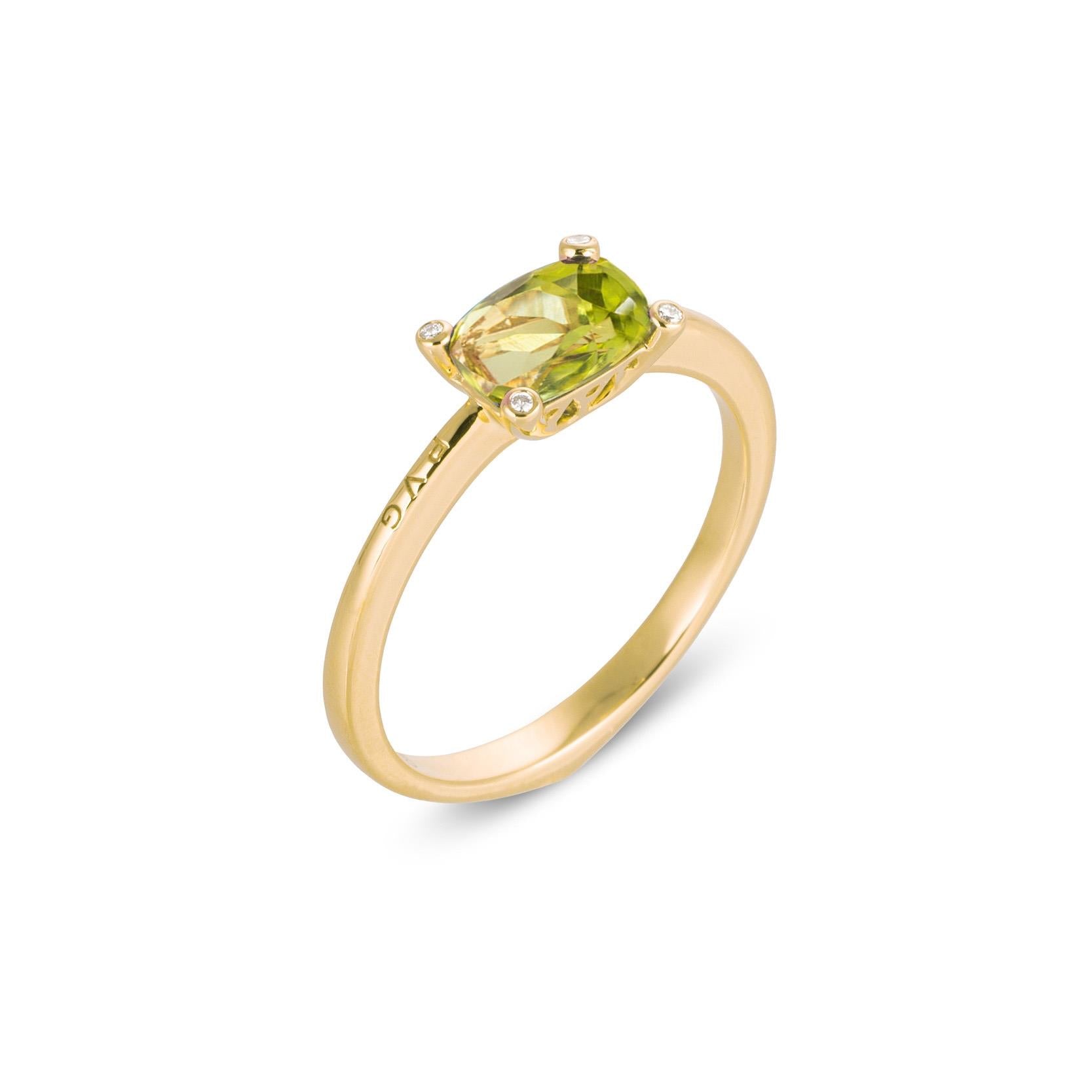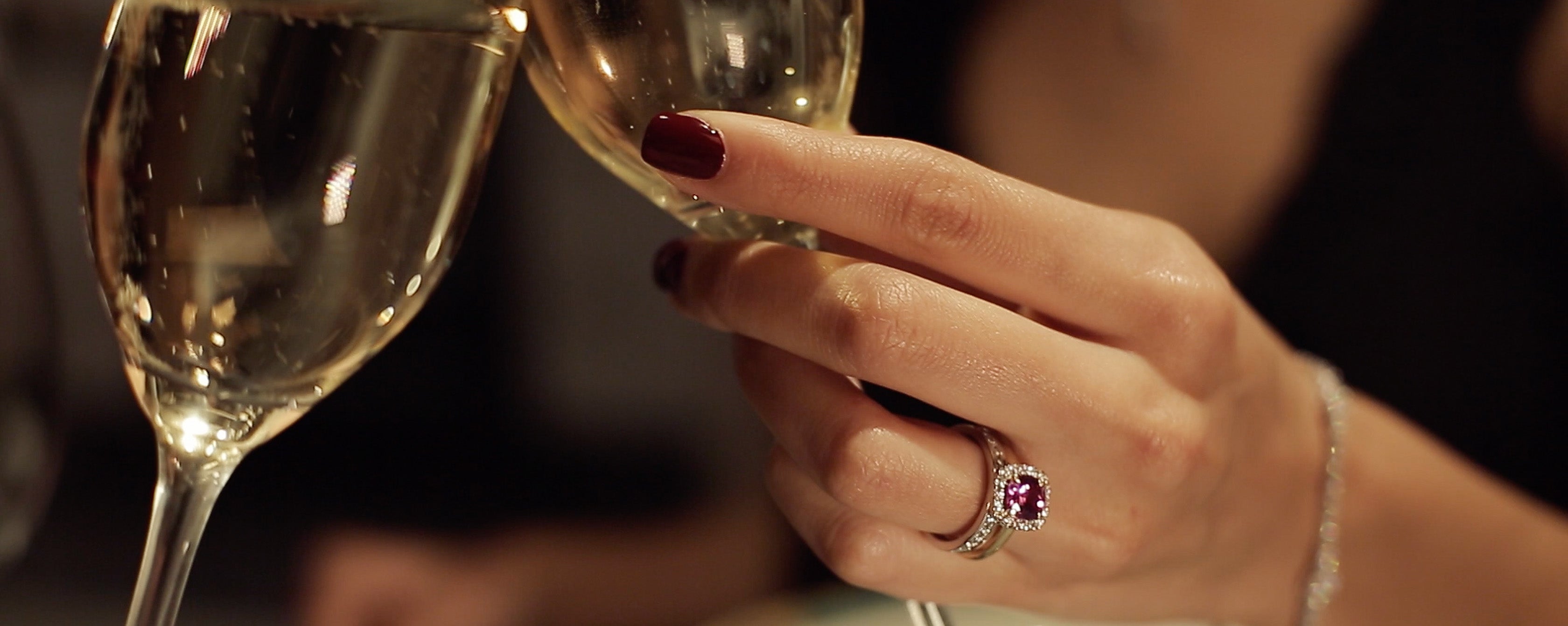Garnet
The term garnet comes from Latin and means grain or core because of its round rough crystals. Garnets have been used as gemstones since ancient times and are described in historical writings in many countries under the term carbuncle. Most people think that garnets are dark red in color. However, that is a misconception. Garnets can come in many colors, such as green, orange, brown, and even blue, purple, and black. Although they all have a similar crystal structure, they differ in their composition. The resulting different properties have led to garnets being divided into subgroups such as almandine, pyrope, spessartine, andradite and grossular which always form a solid mixture. Their hardness is between 6.5 and 7.5.
What is special is that grenades are hardly treated and manufactured.
This makes the group of garnets particularly interesting, both in the jewelery industry and for collectors and as a handy investment. It is also surprising that some garnets, such as the demantoite, can show more sparkle than a diamond! For these many reasons, garnets have seen an incredibly strong price increase in recent years. Some rare garnet varieties are now as precious as clear diamonds of the same size. While top garnets can be pricey today, we still see room for improvement here as the notoriety and reputation of these gems will increase in the future. At the moment there are still many beautiful garnets available at relatively modest prices, which can change quickly. For that reason, high-quality garnets are a particularly interesting investment. Keep in mind that when cleaning grenades, you should generally avoid temperature fluctuations, such as when cleaning with steam. Ultrasonic cleaning is also unsuitable for grenades. The hardness of 6.5 to 7.5 makes the stones less suitable as a ring stone.

